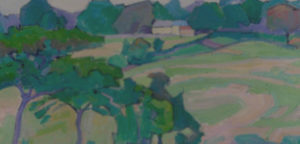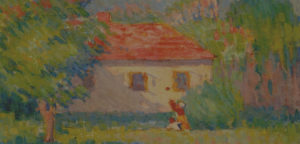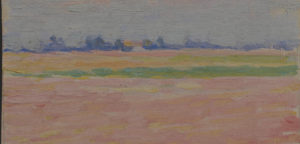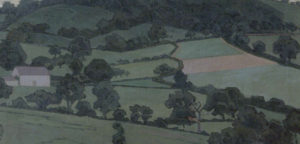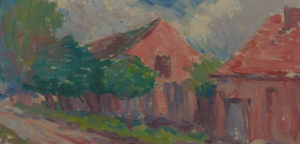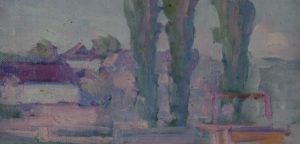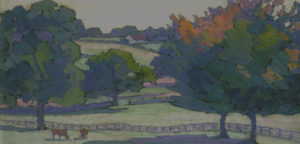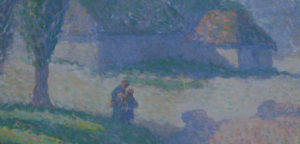He was born on August 5, 1865 in Hove, East Sussex.
1865 - 1925
Robert Bevan
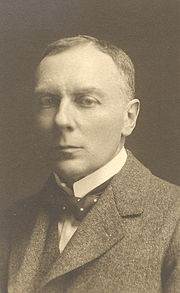
description
An English artist and innovator, animal painter and landscape painter, draftsman and master of lithography.
Robert was born into the large Quaker family of rich banker Richard Alexander Bevan and Laura Maria Polhill, who lived in East Sussex (the town of Hove near Brighton).
He was one of the most active members of several progressive associations of artists in Britain – Kemden Town group, renamed the London Group (the London Group), the association “Fitzroy-Street.” He founded the Cumberland Market group and was elected a member of the New English Art Club (NEAC).
The first large memorial exhibition of Robert Bevan was held in 1926, then several more times. Children, who received an inheritance in equal parts, presented part of the parents’ works to the Ashmolean Museum of Art and Archeology, Oxford, Great Britain.
Key ideas:
– In the preface to the retrospective exhibition of R. Bevan, art critic Philip Hendi rightly noted that this is “the first Englishman in the 20th century who used the pure color.” In addition, he used the elements of Cloisonnism, strictly delineating the details in the paintings, which makes them look clear and decorative.
– By practicing Synthetism, the master tried to achieve harmony between the appearance of the depicted person, the expression of his own feelings and to give the aesthetics of form, line, color to details.
– The artist preferred to paint in the summer, and those were primarily landscapes, images of animals (mostly horses). In the legacy of Robert Bevan, there are many portraits and self-portraits, as well as many drawings and lithographs. Art historians highly appreciate the London street scenes, created by the artist most often on the impressions from the forest of St. John and Park Belsayz.
1865
1888
1890 - 1893
1891
1894
1897
1900 - 1904
1905
1908 - 1909
1911
1922
1925
The birth of the artist
He began to study painting at the Westminster School of Arts
He began to study painting at the Westminster School of Arts. Then he studied at the private Julien Academy in Paris at one time with a whole pleiad of future outstanding artists – Paul Sérusier and Pierre Bonnard, Edouard Vuillard and Maurice Denis.
The first trip with his friend Eric Forbes-Robertson to Brittany
The first trip with his friend Eric Forbes-Robertson to Brittany. There, in Pont-Aven, a whole colony of artists who worshiped Gauguin worked and communicated. During the second visit, he became friends with Gauguin, the head of the colony, and got acquainted with the Synthetism that emerged here – the artist finally joined the Pont-Aven school.
He traveled to Morocco
He traveled to Morocco, going through Madrid, where he studied the painting of Velazquez and Goya “from original sources”.
Returning to England, settled in Exmoor
Returning to England, settled in Exmoor, was engaged in painting and hunting.
In Warsaw, he married Polish artist Stanislava de Karlovski
In Warsaw, he married Polish artist Stanislava de Karlovski. The couple had a son who wrote a biography of his father, and a daughter.
Having moved to London, he got carried away by Fauvism
Having moved to London, he got carried away by Fauvism, painted a lot together with his wife.
His first solo exhibition
His first solo exhibition was held, followed by the second one which was conducted three years later in Sussex. At that exhibition, the works of the painter in the techniques of divisionism and pointillism were presented.
He joined the group Fitzroy Street
Exhibited paintings at the exhibition of artists-innovators at London’s Albert Hall (analogue of the French Salon of Independent). He joined the group Fitzroy Street.
Became a member of the Camden Town association
Became a member of the Camden Town association.
Was elected to the New English Art
Was elected to the New English Art Club (NEAC – New English Art Club), lived in the countryside of Devonshire.
The death
Robert Bevan passed away on July 8, 1925 in London.
Robert Bevan
On Artist
flow
Post-impressionism
friends
Paul Gauguin
Walter Sickert
artists
Pierre Bonnard
Paul Serusier
Maurice Denis
Vincent van Gogh
Edouard Vuillard
Pierre Auguste Renoir
Francisco de Goya
Diego Velazquez
By Artist
flow
Modern
friends
Paul Gauguin
Eric Forbes-Robertson
Harold Gilman
Spencer Gore
Lucien Pissarro
Augustus John
artists
Stanislaus de Karlovski


